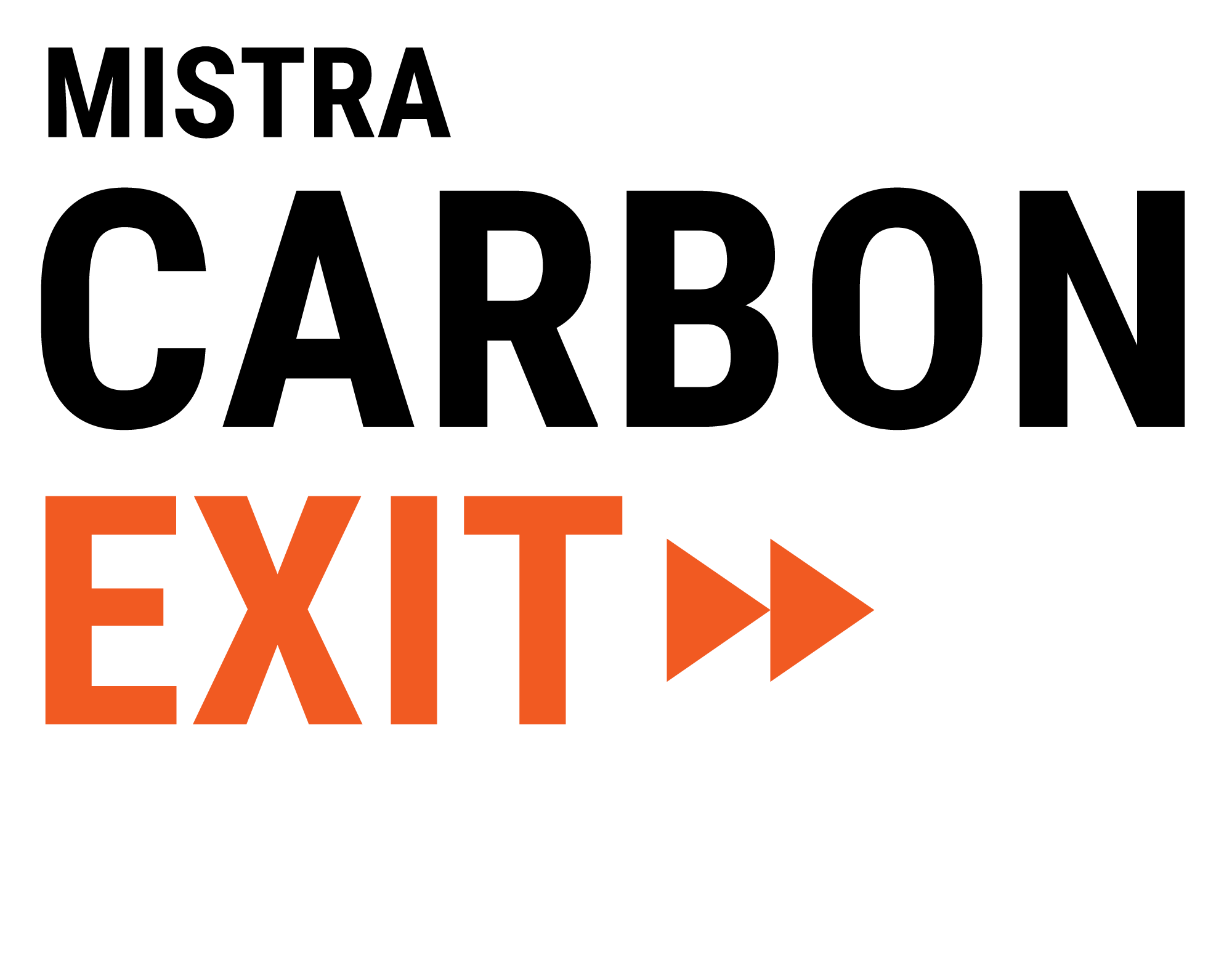Key messages from the work on Roadmaps – Buildings and Transport infrastructure, steel and cement
Mistra Carbon Exit researchers have developed a set of roadmaps exploring, both quantitatively and qualitatively, different future pathways in the Steel and Cement-industries, and in the supply chains for Buildings and Transport infrastructure.
Sweden has, in line with the Paris agreement, committed to reducing GHG emissions to net-zero by 2045 and to pursue negative emissions thereafter. The overarching goal of the Mistra Carbon Exit research program is to identify and analyse the technical, economic and political opportunities and challenges involved in this undertaking. Special emphasis is put on building and transport infrastructure construction, including production and use of carbon-intensive structural materials such as steel and cement, as well as the usage of heavy machinery, which are likely to be difficult to decarbonize.
The Mistra Carbon Exit Roadmaps provide an overview of key actions and decision points in time. They also outline material and energy flows associated with different technical and strategical choices and explore interlinkages and interactions across sectors. The ambition is that the Roadmaps will provide a basis for external communication with stakeholders and policymakers about the strategical choices involved in the Swedish climate transition, and also be used internally for the continued analysis in the Mistra Carbon exit project.
Key messages from the Roadmap work include:
Illustration of how the basic materials industry and supply chains for Buildings and Transport infrastructure are affected, in terms of energy and material use and associated greenhouse gas emissions, by different technical choices.
Timing of decisions and potential policy support requirements.
The increased importance of ensuring sufficient availability of sustainable energy sources and used biomass/bioenergy, electricity and hydrogen.
Experience shows that planning, permitting and construction of both support infrastructure (RES energy supply, electricity grid expansion, hydrogen storage, CCS infrastructure) and piloting and upscaling to commercial scale of the actual production involves long lead times. Strategic planning for key support infrastructure therefore needs to be initiated as early as possible, even if not all uncertainties will be fully resolved.
The significance of efforts early on, in all planning processes and among all actors, to:
avoid new-building (where possible),
re-use old assets,
recycle building materials and components,
optimise material use, and
shift to low-CO2 materials and services
The need to recognize and manage both soft (organisation, knowledge sharing, competence) and hard (technology and costs) barriers.
The importance of, on the one hand, not letting the pursuit of ‘low-hanging fruits’ (e.g. material efficiency measures) be an excuse for not acting to lay the foundation for the high-cost long lead-time measures (zero-CO2 basic materials) that will be required for decarbonisation.
The importance of acting now, and in parallel, on both short- (e.g. material efficiency measures) and long-term measures (low-CO2 steel or cement).
Unlocking the full abatement potential of the range of emission abatement measures will require not only technological innovation but also innovations in the policy arena and efforts to develop new ways of co-operating, coordinating and sharing information between actors.
Even though Sweden and Swedish industry has an important role to play as early movers in decarbonisation of the Steel and Cement-industries, and the supply chains for Buildings and Transport infrastructure, there is a need for global action.
Close collaboration with both public and private stakeholders involved in the Mistra Carbon Exit research program have been important in the development of the Roadmaps.
Similar roadmaps are also under development within Mistra Carbon Exit for Transportation (with an emphasis on the future role of automation, electrification and sharing in the car fleet) and Energy carriers (Including scenarios exploring different future developments of Swedish and North European electricity systems)
If you have questions or comments please contact: Alla Toktarova, alla.toktarova@chalmers.se, Ida Karlsson ida.karlsson@chalmers.se, Johan Rootzén johan.rootzen@chalmers.se or Mikael Odenberger, mikael.odenberger@chalmers.se.


